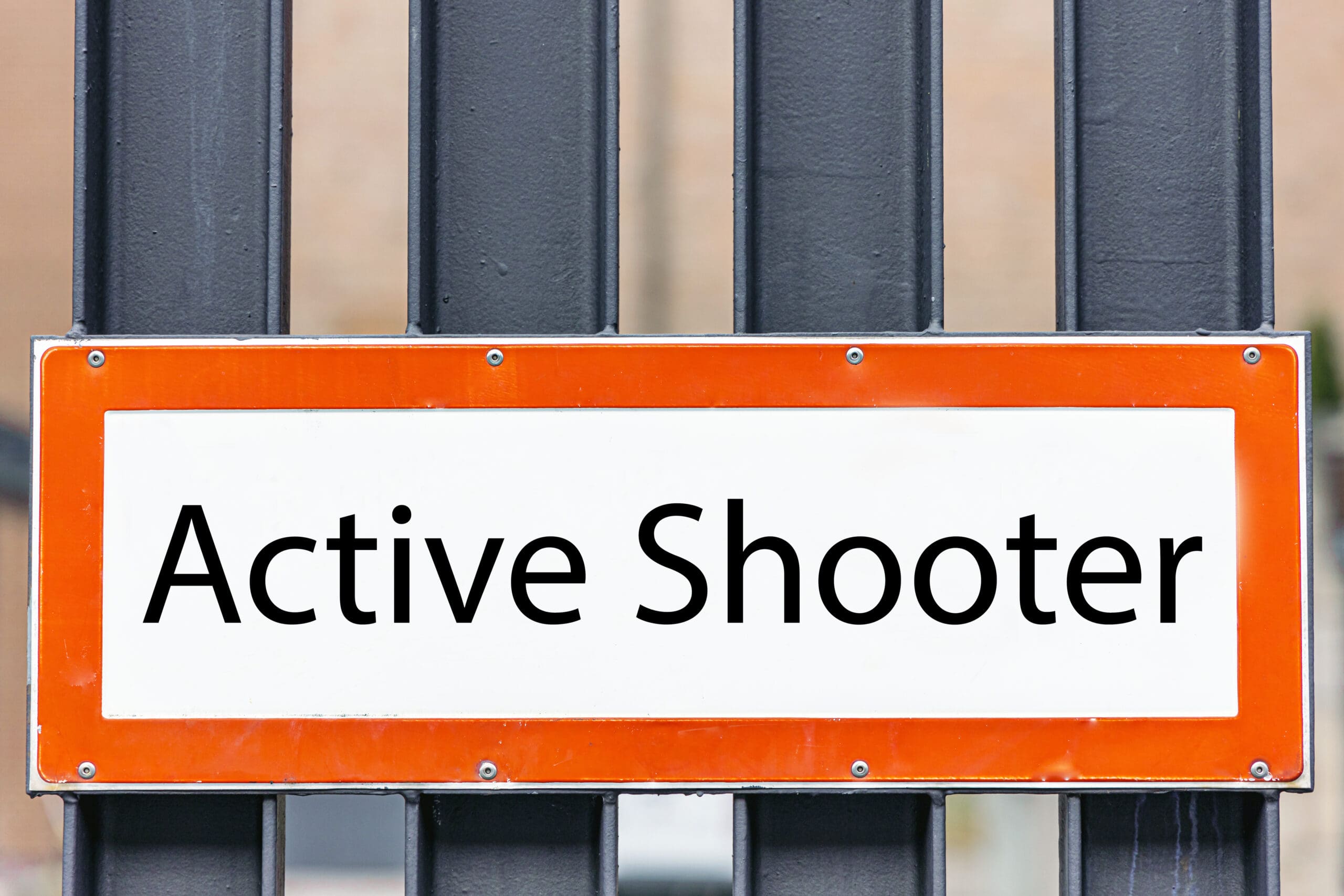The Campus Response Team (CRT) model (often called a behavioral assessment team, functional behavioral assessment team, behavioral intervention team, etc. on K-12 campuses) is a pragmatic, proactive, committed and cost-effective solution to the safety and security challenges of higher education institutions. In its actions, the CRT manages and resolves incidents or events that have the capacity to adversely affect the safety of the campus and its occupants in routine operations and emergency situations.
At its core, the CRT:
- Retains operational capabilities to execute critical protocols through planning, preparing and training
- Proactively affects the safety and security culture on campus via its activity, visibility and familiarity to the campus community by providing risk deterrence and risk transference
- Actuates prevention through communication and early detection
- Is a force multiplier to campus security
- Improves the university compliance with Federal and State regulations by CRT members performing the Clery Act “Campus Security Authority” (CSA) function, the Title IX “Responsible Employee” function and the “Mandatory Reporter” function
CRT and ‘Run, Hide, Fight’
The CRT is comprised of the best and brightest campus-level minds who volunteer to partake in the campus safety and security activities as part of their life and educational philosophy. In a crisis or threat, these employees transition from their day-to-day responsibilities to CRT activities of addressing routine and emergency situations.
An active shooter situation is unique in comparison to other campus emergencies in that the federal government in its “Run, Hide, Fight” philosophy bypasses the organizational hierarchy and directly provide actionable guidance to all members of the campus community, including CRT members. By providing direct guidance and bypassing campus management, campus decision makers are removed from providing guidance and are limited in what they should say in order to not contradict “Run, Hide, Fight.”
The no-contradiction rational also applies to mass notification messaging, campus community training, campus security protocols and more.
CRT Functionality, Limitations During Active Shooter Situations
Active shooters are challenging to the CRT model. From a pragmatic standpoint, traditional CRT functions are limited for several reasons:
- An active shooter attack is among the most cataclysmic events any CRT member will ever experience. Thus, the “Fight or Flight” (or freeze) response make it hard to predict what CRT members’ reactions will be and how operationally capable they will be.
- As employees, CRT members have primary routine responsibilities and daily functions. Their transition to the CRT function might contradict their direct responsibility, especially when their profession includes student supervision.
- The reaction of the campus community to this level of threat is unpredictable; different people will choose different options within the “Run-Hide-Fight” spectrum and may adjust their choice as the incident, or their understanding of the incident, changes.
- An active shooter situation rapidly evolves. As a result, there is a great deal that is unknown, and information flow is often inaccurate or wrong.
CRT Objectives During an Active Shooter Situation
Despite these challenges, the CRT objectives under these circumstances should remain simple, work in conjunction with basic survival instincts and remain as pragmatic as possible while limiting risk. Therefore, the main objectives of CRT members are:
- Take action to secure yourself and your immediate surroundings based on advanced knowledge, training and available capabilities
- Provide real time information to the campus community for better individual decision making
- Provide immediate information and assistance to first responders and internal campus security based on advanced knowledge and ongoing, real-time communications
- When possible, communicate with relevant external entities so that they can respond and trigger relevant protocols.
The CRT model in its various iterations (behavioral assessment teams, functional behavioral assessment, behavioral intervention teams, etc.) is becoming a common crisis management standard in the K-12 environment. The level of control over crisis behavior in the adult campus learning environment is inherently different and poses a unique challenge in the active shooter scenario. It is therefore important to set clear, pragmatic and obtainable objectives to those who fulfil the on-campus CRT function.
Oren Alter oversees crisis management for 30 campuses in the Southeast United States. He is a security expert with more tha 30 years of experience, including the Israeli Special Forces, service in the Israeli Intelligence, Corporate Security for an international multi-billion dollar company and Higher Education Crisis management and Emergency response.







